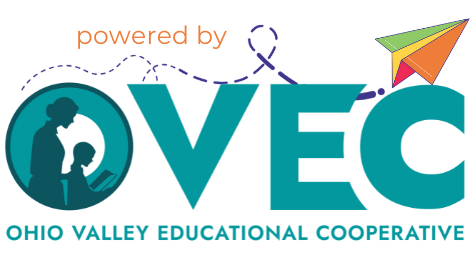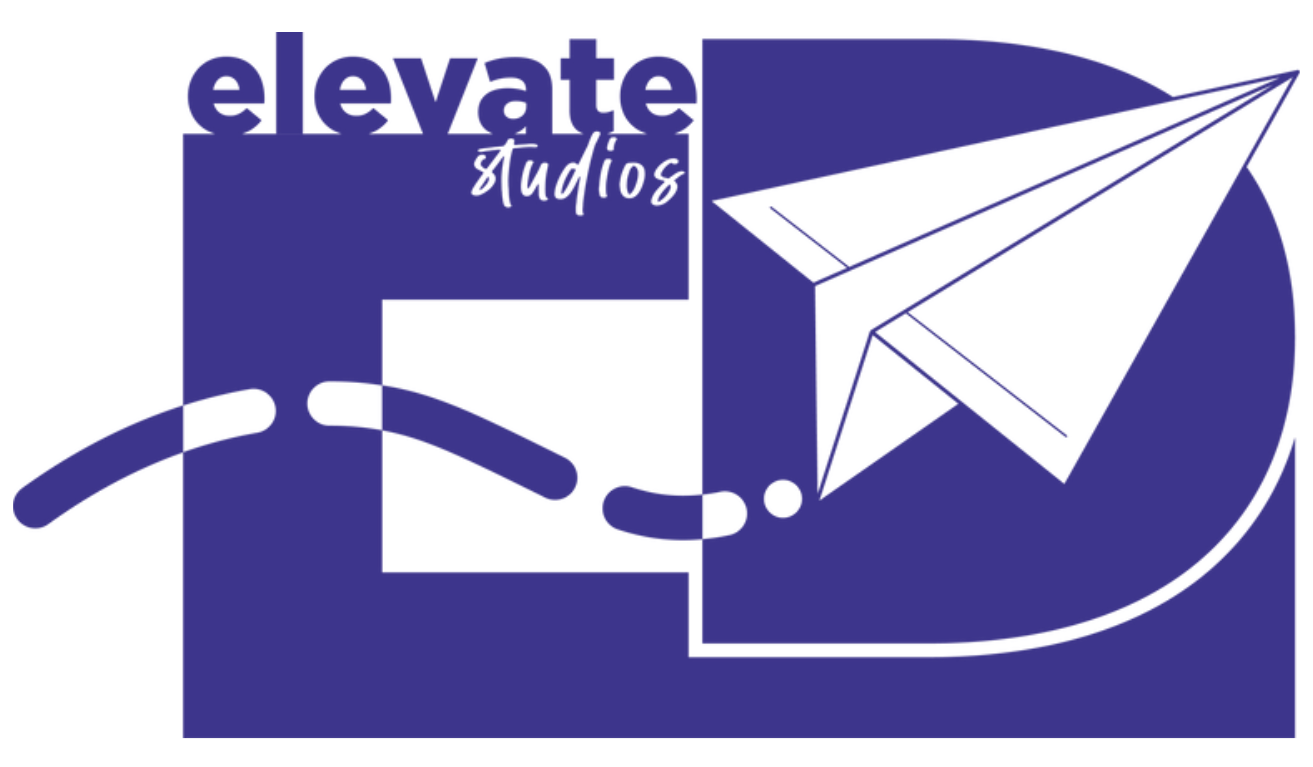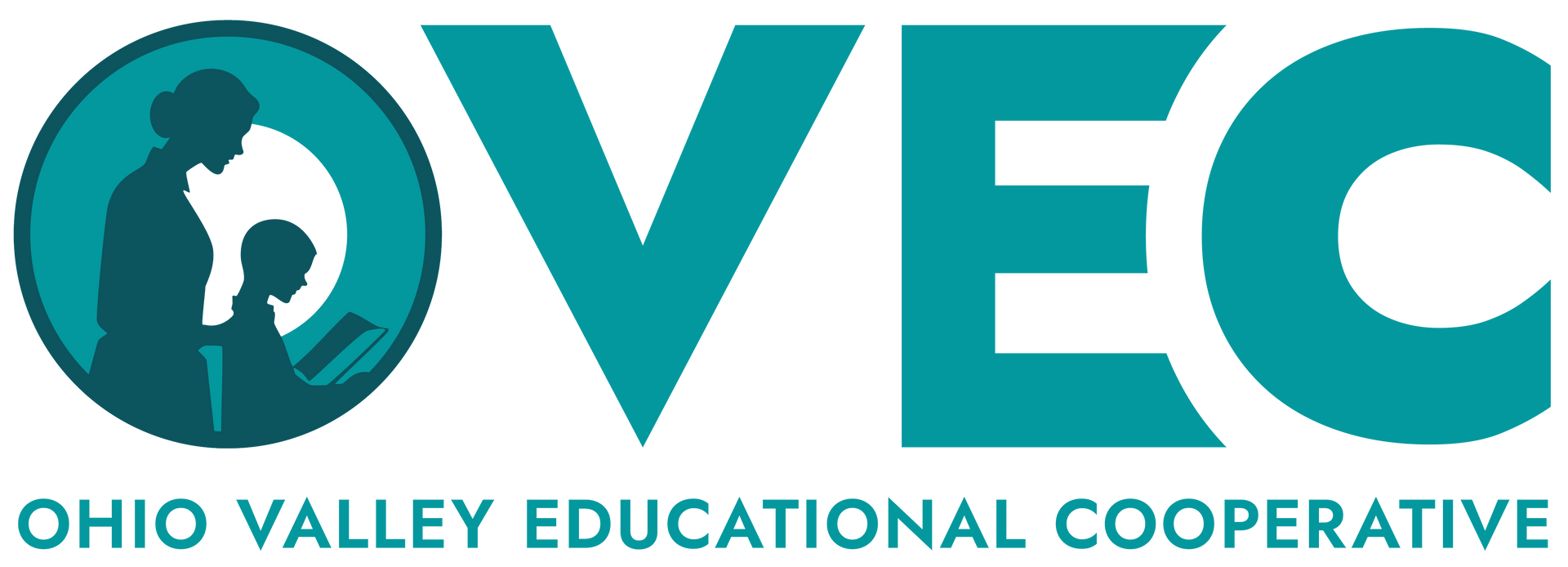
This week in CONNECTIONS:
THINKING DIFFERENTLY ABOUT TIME See sample schedules from high schools taking a different approach. Many takeaways here for elementary and middle school too. Students of all ages will benefit from the learner-centered principles these innovative designs are aspiring to achieve.
DOODLING WITH TEACHER NAVIGATORS Who knew this practice had such an impact on learning?! More in HAPPENING IN THE FIELD.
HOW WILL YOU KICK OFF THE NEW YEAR| Will our students day-to-day learning experiences lead to the promises we make through our Profiles of a Learner? We’d love for you to join us on January 6 for a special celebration filled with awesome learning you can use the very next day! Details in WHAT’S ON DECK.
A NEW APPROACH | The Flex Mod Schedule at Pulaski High School in Wisconsin is one example of a schedule created in an effort to better support students. Details about this school’s innovative approach as well as other examples below.
Breaking the Bell: Thinking Differently about Time
CONNECTIONS
December 2024
Issue #12
“Every system is perfectly designed to get the results it does.”
American composer, economist and engineer W. Edwards Deming is often credited for this quote. He suggested that when dissatisfied with an outcome, we should consider the system that leads to that outcome. Here’s an example:
A complaint we often make about students is that they can’t use their time. In fact, this is what many college advisors will say is the most common reason freshman struggle.
Considering the “system” producing this outcome, it doesn’t take long to realize that students typically have very little opportunity during the school day to make decisions about how they use their time. Could we be causing the problem?
Questions to Consider
Creating next year’s schedule will be top of mind for those most closely involved with the process as we launch into 2025. A few questions to consider in preparation might be -
Is the 7-period day - or even block scheduling - allowing for the kind of time for learning students need?
Is our schedule creating space for teachers to come together to plan and design for the kind of learning experiences we know our students need?
Who is the schedule working for? Anyone?
Is seat time even a thing anymore?
Are we creating schedules following rules that don’t exist?
A FEW EXAMPLES
Knowledgeworks shared some great examples of innovative high school schedules in a recent article, Why It’s Important to Align Your Master Schedule to Your Vision. IMPORTANT NOTE: There are important takeaways here for elementary and middle school too!
- At River Bluff High School in Lexington, South Carolina, students benefit from a flex mod schedule that empowers independent choices, fosters collaboration and facilitates effective time management; while teachers build trust through collaborative planning and have real-time access to students to manage non-instructional appointments seamlessly.
- At Westside High School in Omaha, Nebraska, they encourage experimentation with new instructional approaches, and modular scheduling allows for more student-teacher interaction, exposure to diverse subjects and empowers students to be decision-makers.
- Students are responsible for decisions during Sabor Time at Legacy High School in Bismarck, North Dakota, encouraging academic autonomy, aligning with the school’s belief in young adults handling such freedom responsibly.
- At Pulaski High School in Pulaski, Wisconsin, students can enroll in six to eight classes with a flex mod schedule, accommodating AP, college-credit and elective courses, and with enhanced personal learning team, students have the flexibility to manage and attend classes at alternative times.
- Rethinking the Master Schedule in Competency-based Schools, from the Aurora Institute, suggests several design considerations.
- Innovative High School Schedules, from Getting Smart, provides five examples of innovative schedules from schools across the country that expand student opportunities while providing more collaborative time for teachers.
EXPLORING POSSIBILITIES
If you have or know a school team that would like to think differently about how students are spending their time during the day, let us know! We certainly won’t have every answer, but would love to help you think through possibilities, connect you with resources, share our own lessons learned, and find ways to implement short design cycles that would provide risk-free ways to try new ideas.
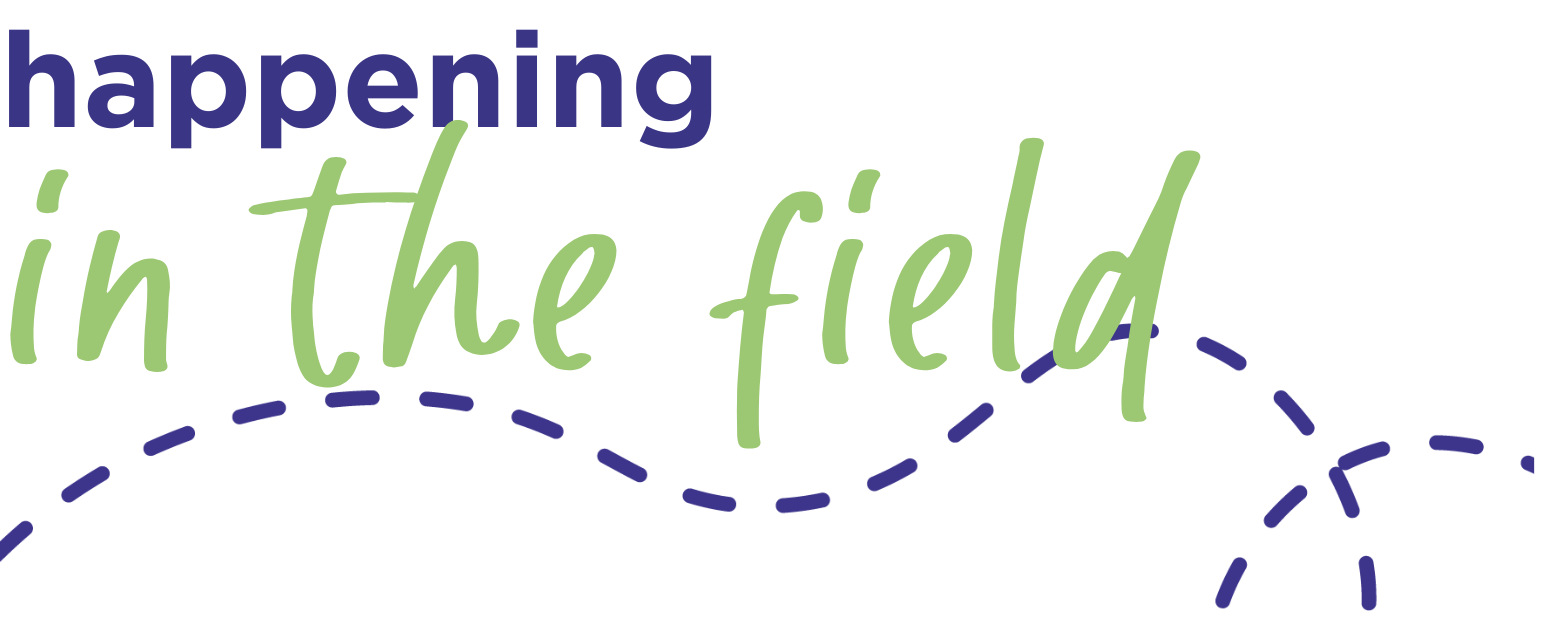
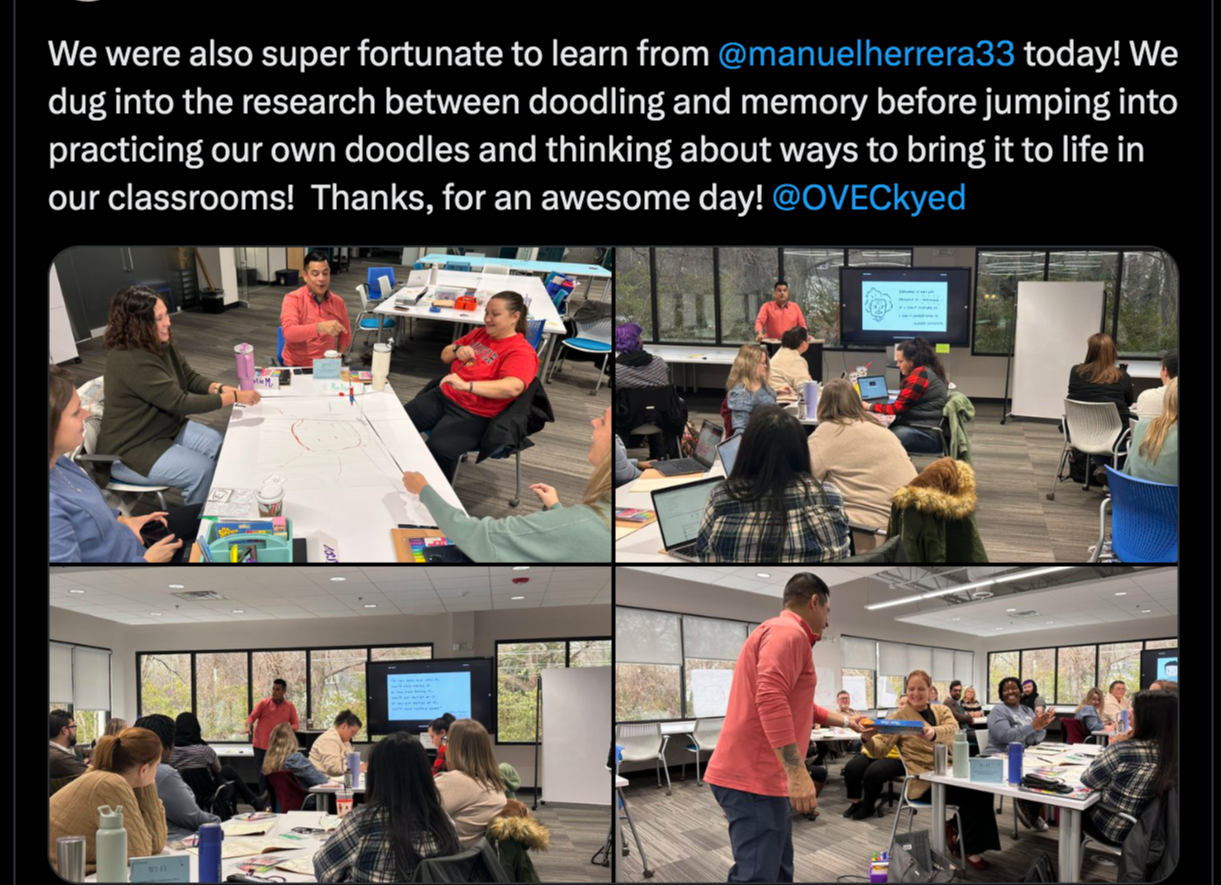
THE IMPACT OF DOODLES | Time spent with our Navigators always means lots of laughs and new ideas. This session focused on the power of Sketchnoting for learning. Who knew doodling could have such an impact?! Many of our Navigators left excited to use this with their students the very next day. We can’t wait to find out how it went! Find research to support these ideas and additional resources here.

LEVERAGING YOUR HQIR TO DESIGN AUTHENTIC PERFORMANCE ASSESSMENTS: DESIGN STUDIO MATH | DEC 12
Join us to learn from other educators who are reimagining their existing HQIR assessments to create more authentic, relevant and meaningful performance assessments their students are excited about! Register here.
JOIN US FOR A NEW YEAR DESIGN STUDIO!
We make important promises to our students through our Portraits of a Learner. We tell them, once they’ve completed the journey through our systems, they will be equipped for today’s world as creators, problem solvers, communicators, critical thinkers and more –
But will our students’ day-to-day learning experiences lead to those promises?
Kick off the new year with us as we explore actionable steps – using five key Transformations - to ensure the learning experiences we design and the systems that support them lead to the promises our Portraits make.
Whether inside or outside the OVEC region* we hope you’ll bring a team, a colleague or two or just yourself, and join us! We promise – you’ll leave with new ideas ready to use the very next day!
*$250.00 registration fee if you are outside the OVEC region. Additional details and registration link here. Register by December 11!

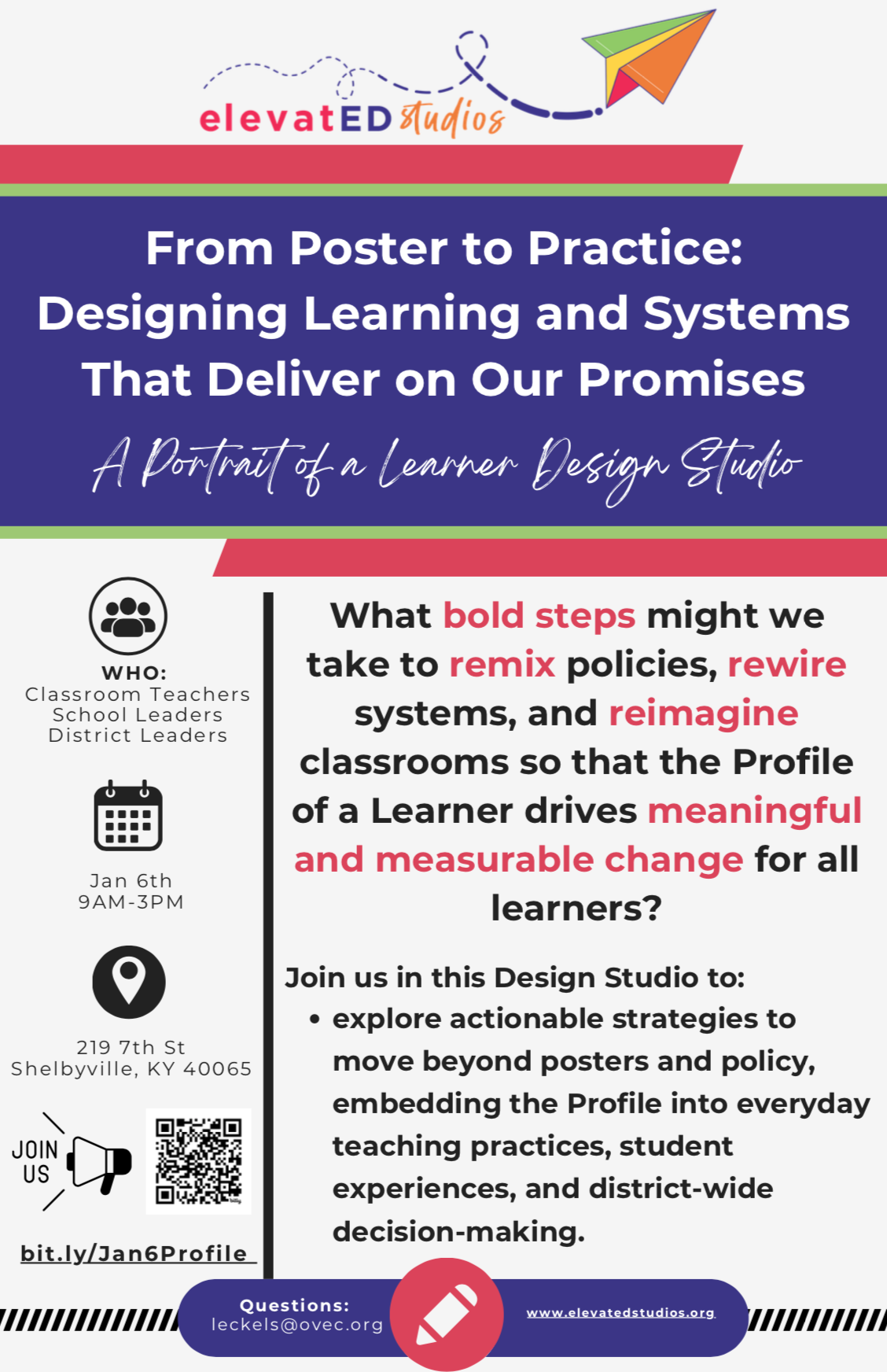
IN CASE YOU MISSED THEM
Ms. Z’s Tier 1 Dilemma | CONNECTIONS NO. 7
Ms. Z, Tier 1, and KY’s Framework for Teaching | CONNECTIONS NO. 8
HQIRs and Performance Assessments: Bringing Learning to Life | CONNECTIONS NO. 9
Empowering Young Architects: A Student-led Profile of a Learner | CONNECTIONS NO. 10
Designing Learning that Matters: A Series of Simple Shifts | CONNECTIONS NO. 11
WHAT MIGHT THE NEXT STEPS BE FOR YOUR SCHOOL OR DISTRICT?
Contact us! We’d love to be your design partners. You can learn more about who we are and the work we do here: elevatED studios.

